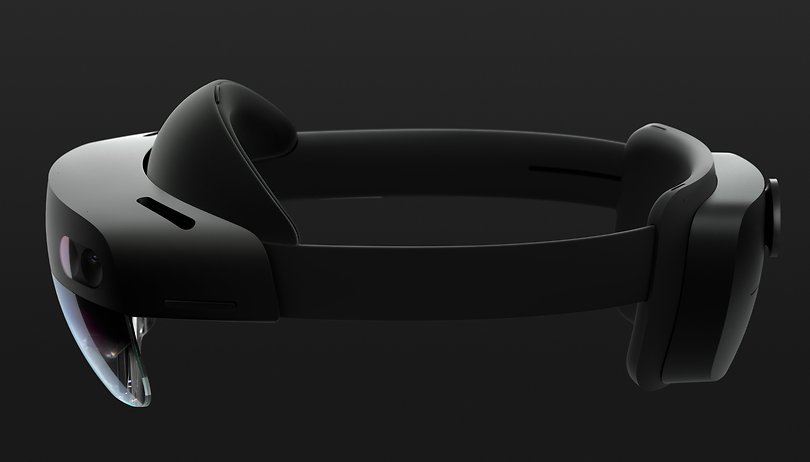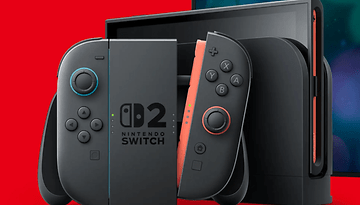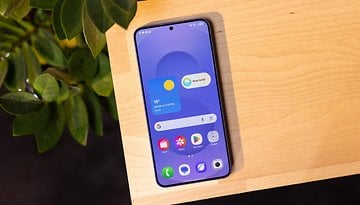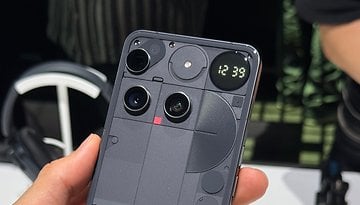Microsoft’s HoloLens 2 isn't a toy, and that's a good thing


You can keep your folding phones. Where we're going, we don't touchscreens, bendy or not. It's a flexible reality. Microsoft just unveiled the HoloLens 2 at MWC 2019. And it's a big deal, even if you can't get one for your living room.
Yes, Microsoft announced a new HoloLens and it costs $3500. Groans. It's only available on an enterprise license. Shoulders shrug, eyes roll. OK, so it's not the next status symbol in tech, nor will it be this winter's essential stocking filler. But it is important.
Right in front of your eyes, behind the scenes
You see, HoloLens is a tool, not a toy. Even more so than the last one. Microsoft isn't even offering a developer kit. But during the MWC presentation, the company was keen to stress the many industrial uses the of HoloLens 2. From assembling machines, designing with 3D models or planning delicate surgery, the HoloLens' will be a niche but powerful tool. And even if you're not an engineer, architect or surgeon, etc. yourself, you'll still benefit from the Hololens 2's innovations in the buildings you live and work in, the devices you use...it could even save your life.
- Microsoft Hololens 2 at MWC: innovation, comfort, and openness
Ultimately, we owe a lot of our daily conveniences to specialized tools - cranes, drills, threshers, scanners and so on that are invisibly working hard behind the scenes to make our modern, connected world work. The HoloLens 2 is no different.
We'll see the benefits in the living room down the line
I'm always enthusiastic to see new XR entertainment systems, and this isn't it. But the HoloLens 2 does have innovations with exciting implications for the broader ecosystem, including gaming, or VR/AR movies and experiences. Field of view is a common gripe with any AR headset and Microsoft has managed to push the industry envelope, doubling the field of view while keeping high image quality.
Intuitive controls using natural body movements are a developing theme and XR is already being integrated into other industries, such as BMW's next generation of smart cars. XR devices that track both our eyes and limbs will truly open up the possibility of 'Internet 3D', where we abandon the touchscreen as a wall between us and digital information, instead using our voice, eyes and hands - the most natural and instinctive tools possible, to interact with digital objects, moving, rotating and resizing digital objects with our own fingers.
It's a similar magical situation to that of Magic Leap One, Microsoft's main rival in the AR headset space. Magic Leap, in contrast, is developing entertainment apps - from games to interactive comics, movies and other 'experiences'. At the moment, Microsoft appears to have surged ahead when it comes to immersion and comfort, even if it's not as 'fun'. But as the technology becomes more widely available, we can expect the improvements of HoloLens 2 to be adopted by cheaper, consumer-facing products.
A key part of this is Microsoft's official commitment to building an open augmented reality platform, and promising to play nice with industry rivals (or should we say colleagues?) and non-Microsoft app stores. Even Epic Games CEO Tim Sweeney, who has been a fierce critic of Microsoft's attempts to create walled gardens in the past, was present at Microsoft's MWC event to publicly reconcile with Microsoft and endorse the company's new approach.
Epic Games' will be leveraging their powerful Unreal engine for industrial applications, but you can certainly expect that the video games side of the business, both with Epic Games and Microsoft's own Xbox, will be paying attention. Similarly, Unity, well-known in the video games world, also continues to be used in the Hololens 2 after powering 91 percent of applications in the first generation. Will we be using eye tracking controls and finger manipulation in the video games of the future? You bet. It's just a matter of when...
So it's a tool, but it should it be a weapon?
All this talk of the HoloLens 2 being a revolution in the industry has a dark side. The military-industrial complex is a thing, and much like how Google employees rebelled against Mountain View's controversial Project Maven military drone project, Microsoft employees are objecting to a US Army HoloLens contract that would employ the power of the HoloLens 2 for both training troops and live use on the frontline. Such a system could help save the lives of soldiers...and of course, increase the lethality of the US army against its enemies. Microsoft CEO Satya Nadella has defended the deal in a CNN interview, arguing that Microsoft made a "principled decision" not to deny technology to "institutions that we have elected in democracies to protect the freedoms we enjoy."
While many morally repugnant actions are carried out in war zones by the US military and other armed forces, battlefield atrocities are equally wrong whether carried out with catapults, cannons or modern hi-tech gear. But there is an argument that AR tech like the HoloLens can game-ify combat, detaching troops from the "grim reality" of war, and possibly dulling empathy.
We'll tackle this thorny issue of XR in warfare at a later date, but one thing's for sure - I look forward to seeing the innovations of the HoloLens 2 come to industry, art, entertainment and video games, but for now, it's we must not forget its significance to the world behind the scenes...both the good and the bad.
What do you think of XR tools like the Microsoft HoloLens 2? What parts of the mixed reality or augmented reality world interests you the most?



















